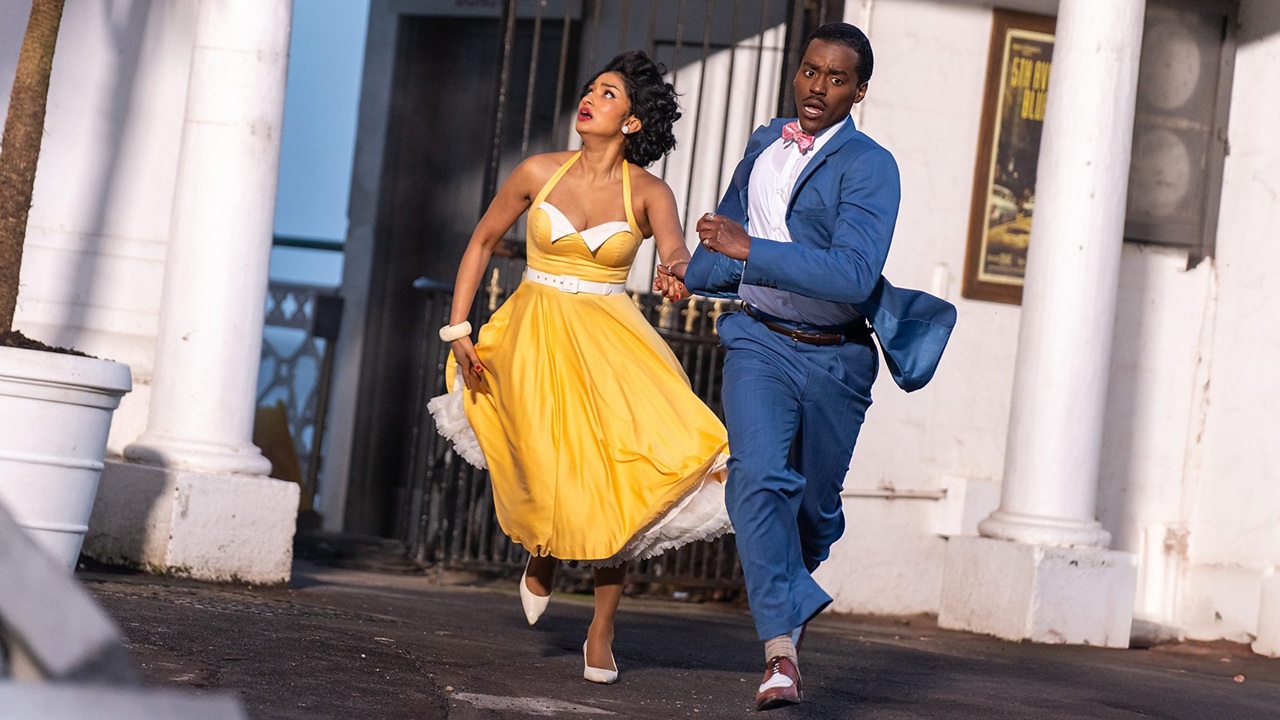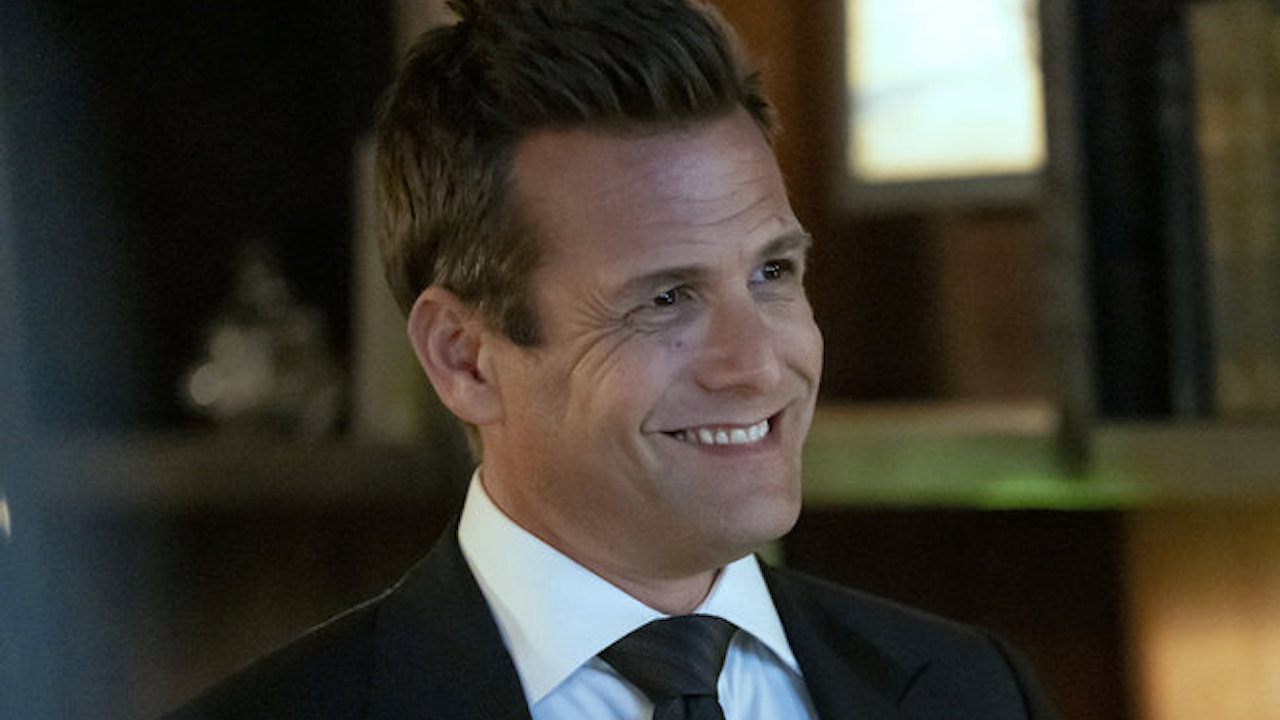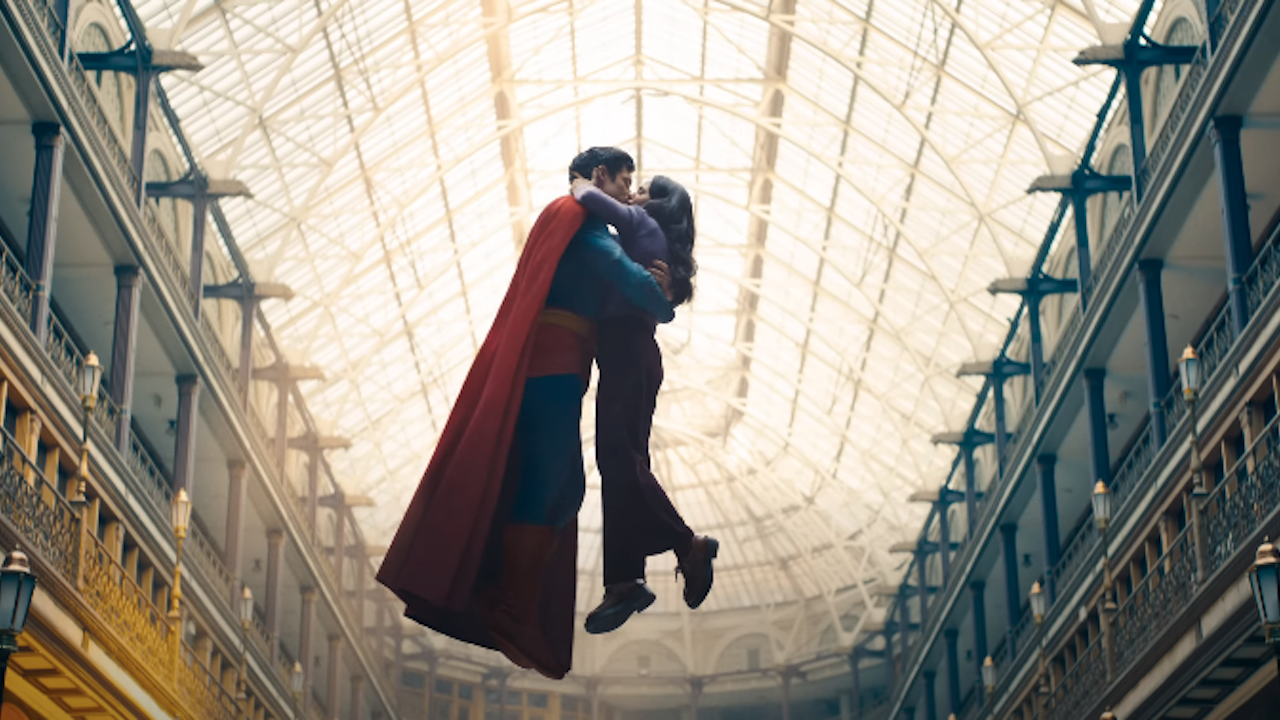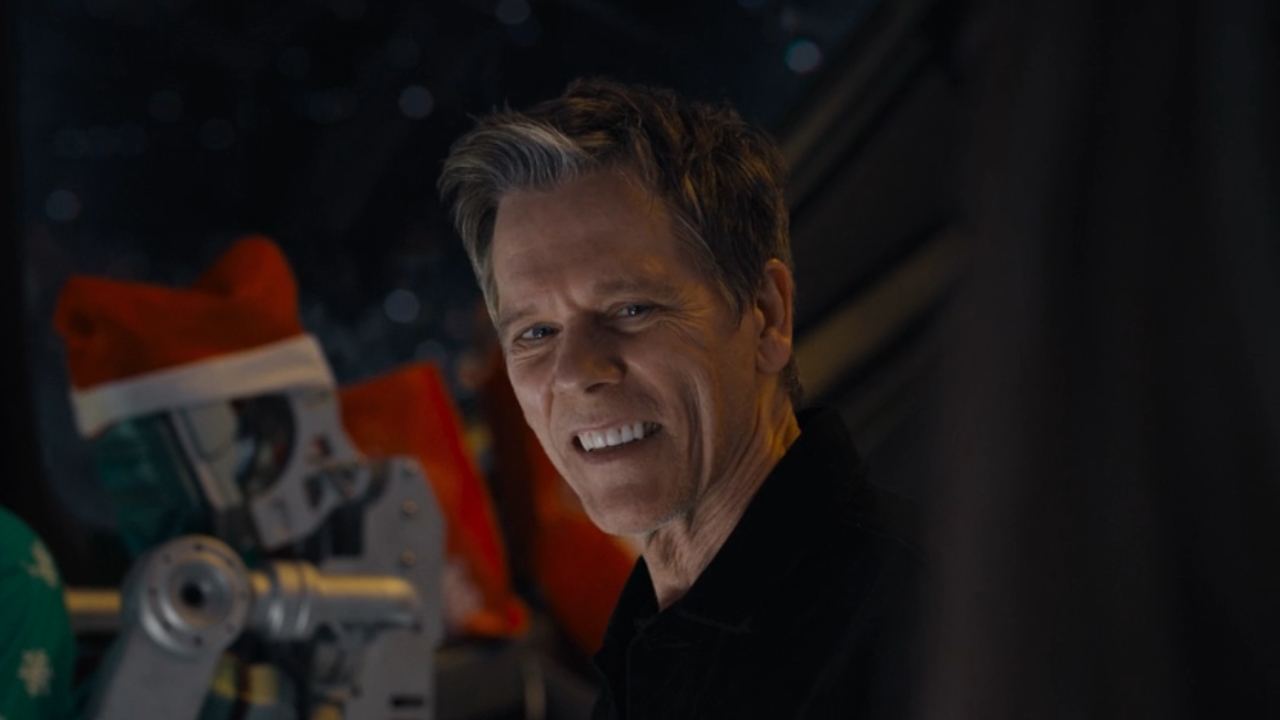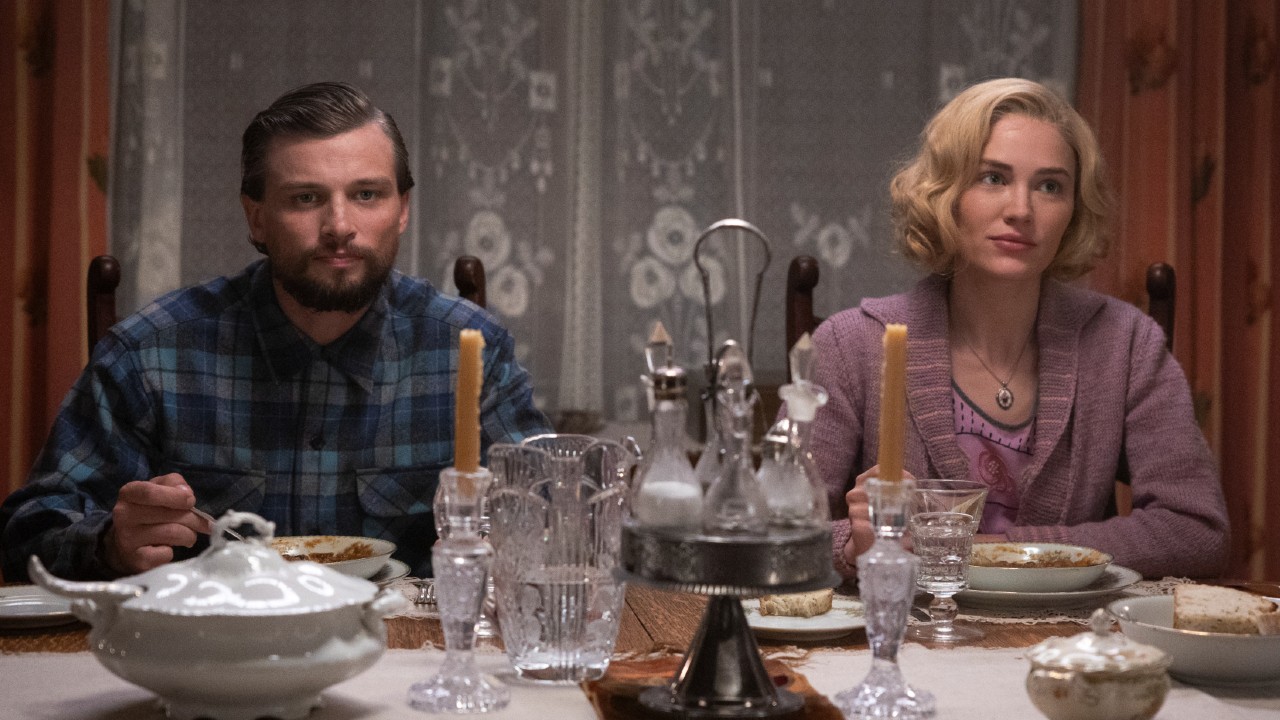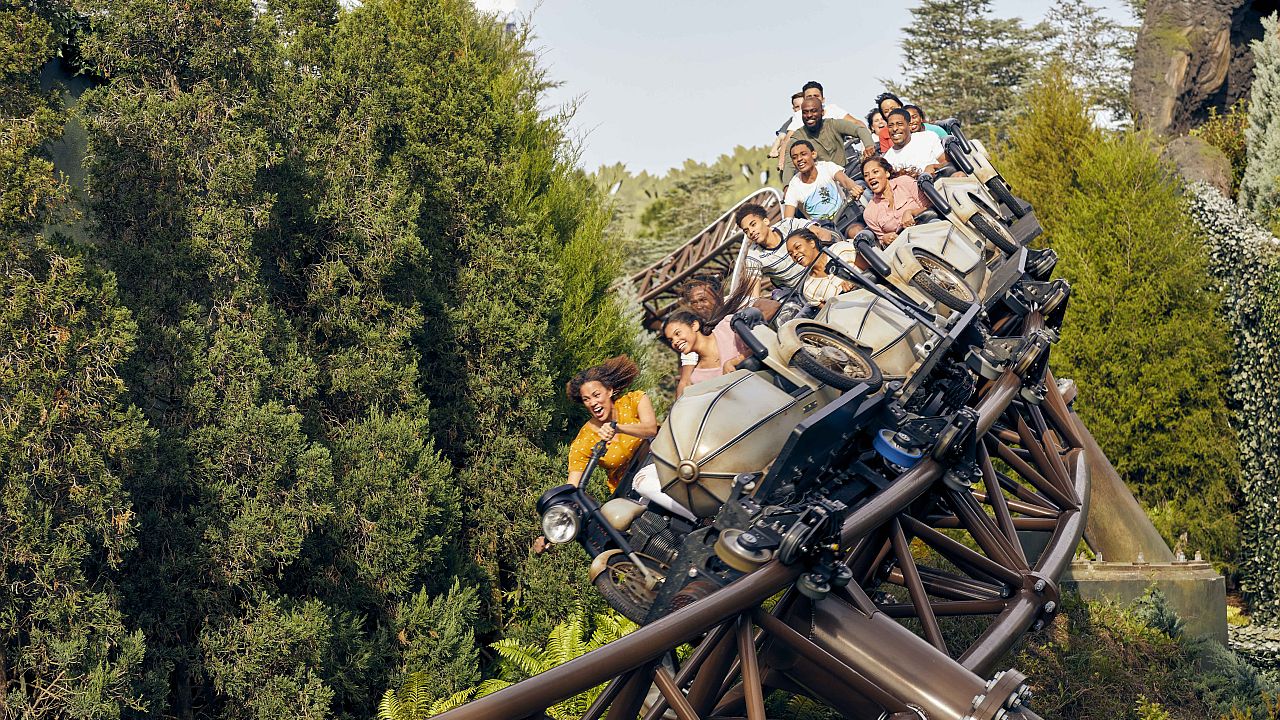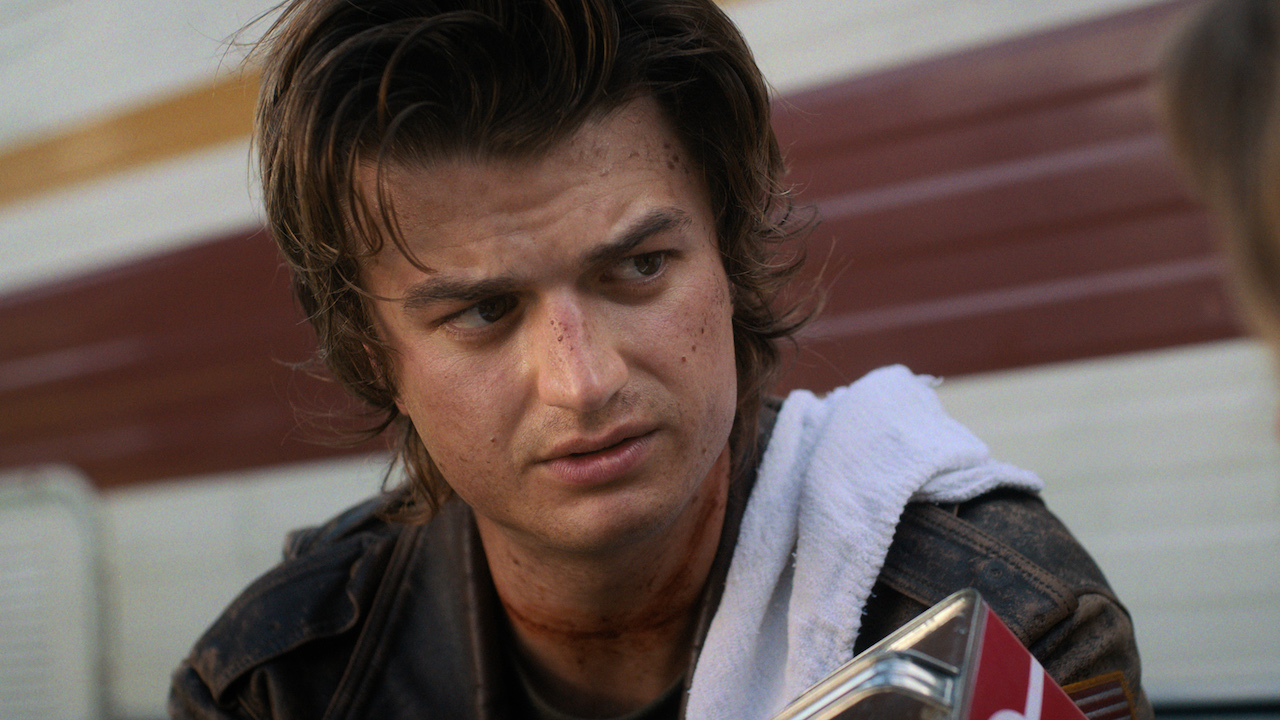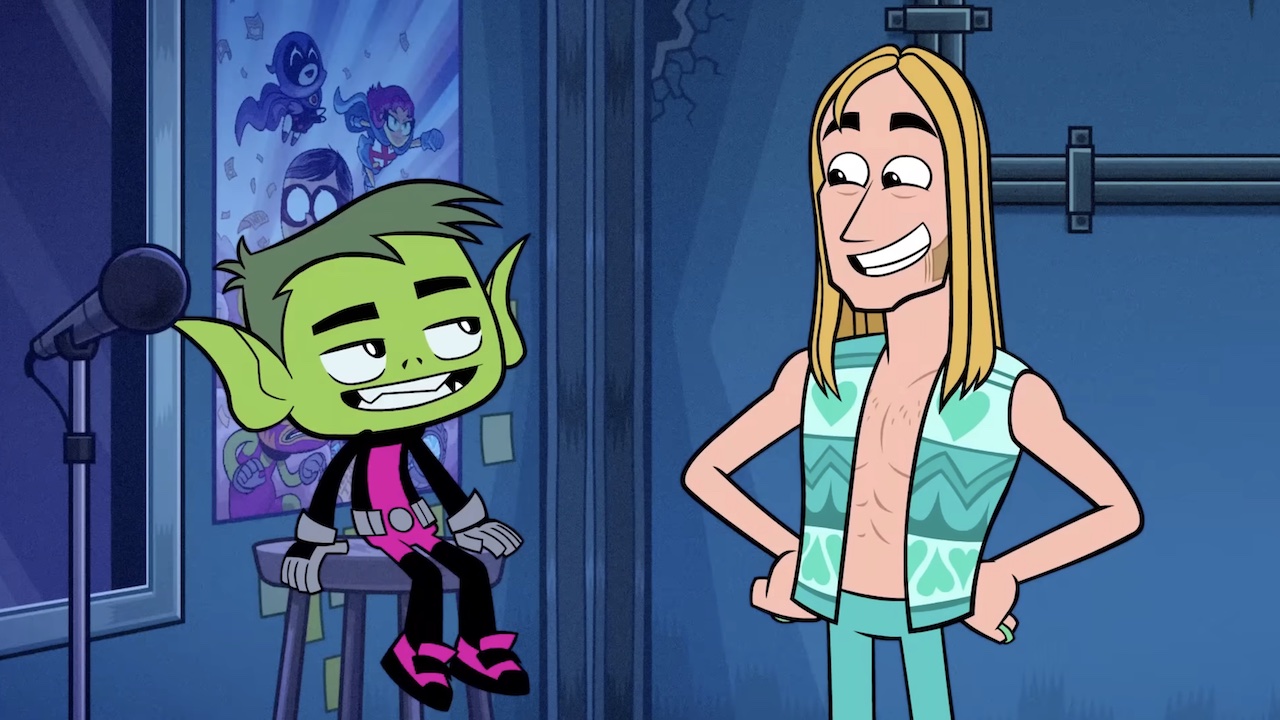Is Michael Myers The Scariest Horror Movie Monster Of All Time?
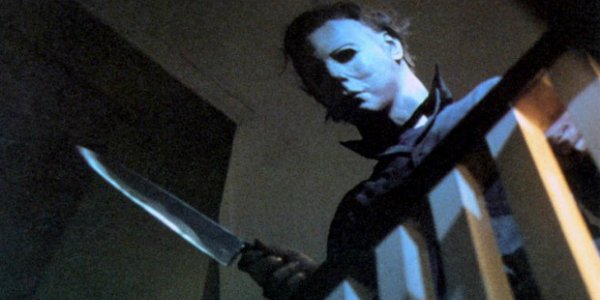
It's that time of the year that horror fans have come to know and love. October is upon us, which means that the leaves have begun to change color, air has started to cool, and the scares will soon be out in full force. Halloween season always gets us thinking about anything and everything related to terror, and few iconic horror films have ever managed to capture the spirit of All Hallows' Eve quite like John Carpenter's 1978 classic, Halloween.
With Halloween, John Carpenter did so many things right. He established innumerable elements of the modern slasher genre, created a legendary soundtrack for a beloved franchise, and -- perhaps most important -- he created a silver screen icon in the form of the cold, calculating, and terrifying Michael Myers. As a matter of fact: I would go so far as to say that the Halloween killer is actually be the scariest horror movie "monster" of all time.
First and foremost, it's worth acknowledging that Michael Myers' particular brand of horror is firmly rooted in the genesis of the horror genre itself. From his use of small-bladed weapons, to his white face and black eyes, the Halloween slasher maintains a ghostlike form that harkens back to one of the first horror monsters ever committed to film. Robert Wiene's film, The Cabinet of Dr. Caligari, has become widely praised as one of the first genuine examples of horror on film. The German Expressionist masterpiece pioneered plenty of well-worn horror tropes, but the one Halloween seems to adopt the most liberally is the visage of Caligari's "Somnambulist" killer.
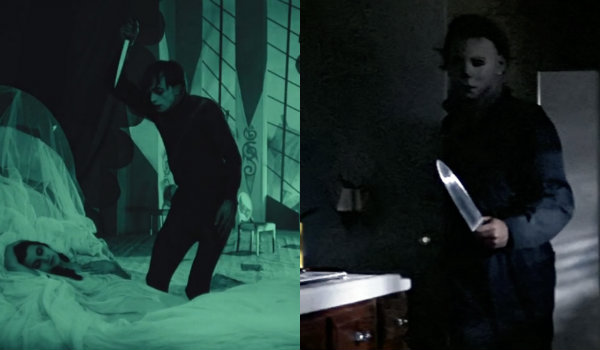
A commentary of post-WWI Germany, the Somnambulist epitomizes a distorted, hollow, and generally cynical outlook on humanity, and Michael Myers carries the idea into the modern age for mainstream American audiences. Like Myers, the Somnambulist is a mute, emotionless killing machine that cannot be reasoned with -- while still retaining certain terrifying hints of an average man. These killers aren't monsters in the literal sense, and that makes them scarier than any zombie, werewolf, or vampire. Michael Myers is a reflection of those he kills; he's distant, and emotionless, but still thoroughly human.
The beauty of Michael Myers (as well as the Somnambulist) is the way in which we, as an audience, can project our own fears and anxieties onto the blank slate of his white mask. Myers doesn't wear a hockey mask, and he isn't covered in scars; his motivations and thoughts remain vague at best, even after we learn more about his backstory. The image we see when we look into his "face" is the visage of an average man who has had his humanity removed. Much of this has to do with the fact that we can almost never make out the eyes of this killer -- a tactic John Carpenter would later use on The Thing -- which instantly prevents us from connecting with him on a primal level.
This neutrality is also reflected in sound -- or lack of sound. Michael Myers doesn't snarl or roar, nor does he taunt his victims with laughter; in fact, he never says a single word. The closest he ever comes to making noise in the Halloween franchise is the panting that we hear under the mask as he strangles or stabs his victims. Is he angry, aroused, or perhaps even frightened by the violence he is committing? The films never really provide an answer for that, whilst continuing to remind us that he's simply a man.
In fact, the closest he comes to genuinely definitive emotion in the original Halloween is simple, childlike curiosity after taking a life. Check out the clip below, and note the way in which he tilts his head back and forth like a kid examining a drawing:
CINEMABLEND NEWSLETTER
Your Daily Blend of Entertainment News
It's that balance of realism and otherworldliness that makes Michael Myers truly terrifying. Sure, his up close and personal methods inherently scare us on a visceral level, but he also taps into our fear of the unknown, and the fear that something is watching us. Every Halloween film starts by keeping Myers at a distance, and allowing him to be a voyeur into the lives of his unsuspecting victims. Slowly but surely, he starts to close this distance -- until he eventually makes his presence known. Michael Myers toys with his victims, and leaves the audience with a distinct need to look over their shoulders even after the credits have rolled. You don't wander into his territory like Jason Voorhees or Leatherface; he finds you within your own home, and compromises the safety that you take for granted. Ultimately, that might be the scariest idea of all.
What are your thoughts on this matter, horror fans? Do you think that Michael Myers is the scariest horror movie monster of all time, or do you think that honor belongs to another silver screen icon? Give us your take in the comments section below, and try not to get too scared along the way!
Originally from Connecticut, Conner grew up in San Diego and graduated from Chapman University in 2014. He now lives in Los Angeles working in and around the entertainment industry and can mostly be found binging horror movies and chugging coffee.

